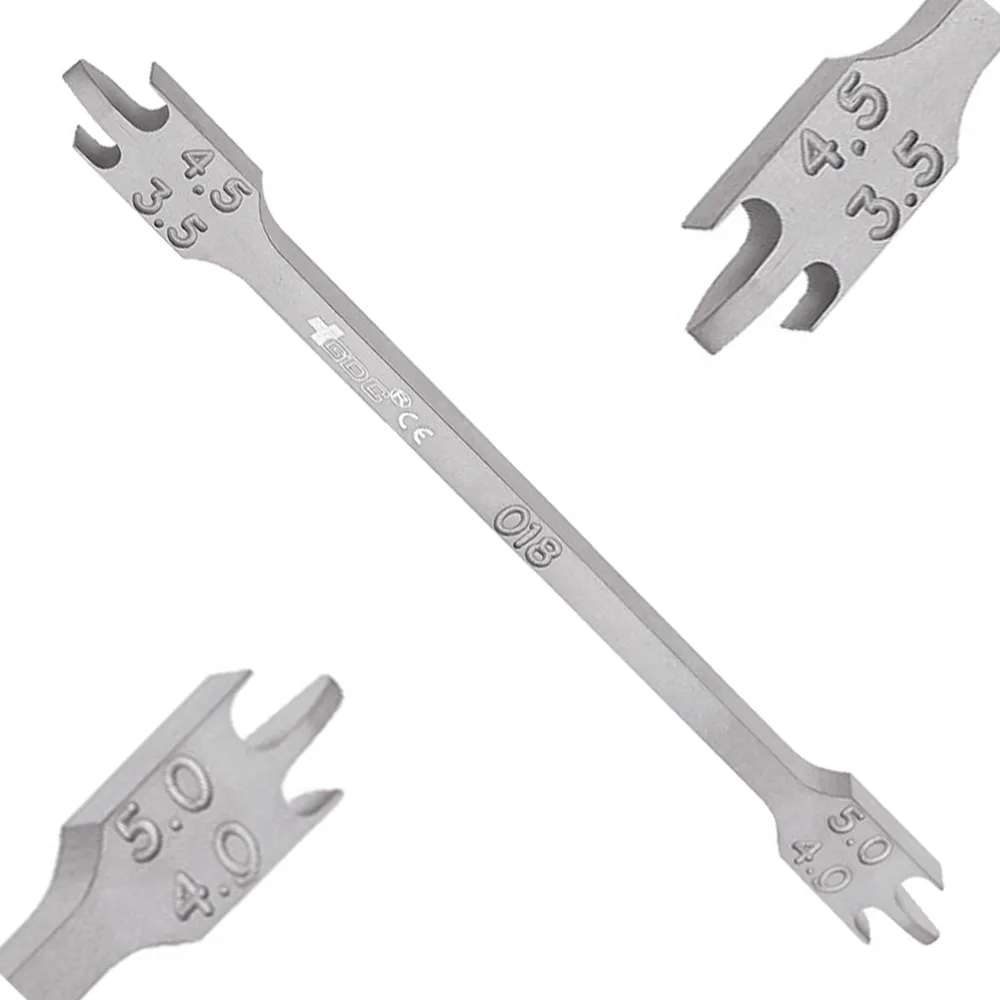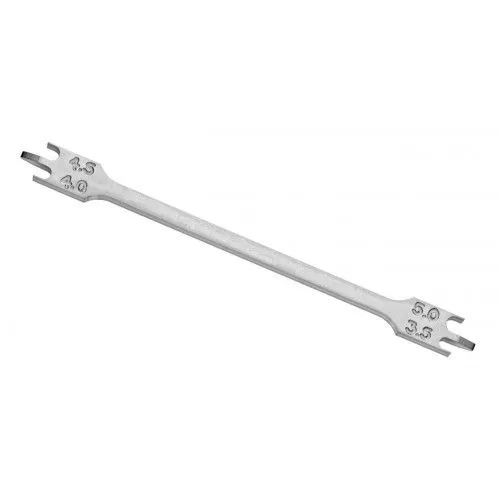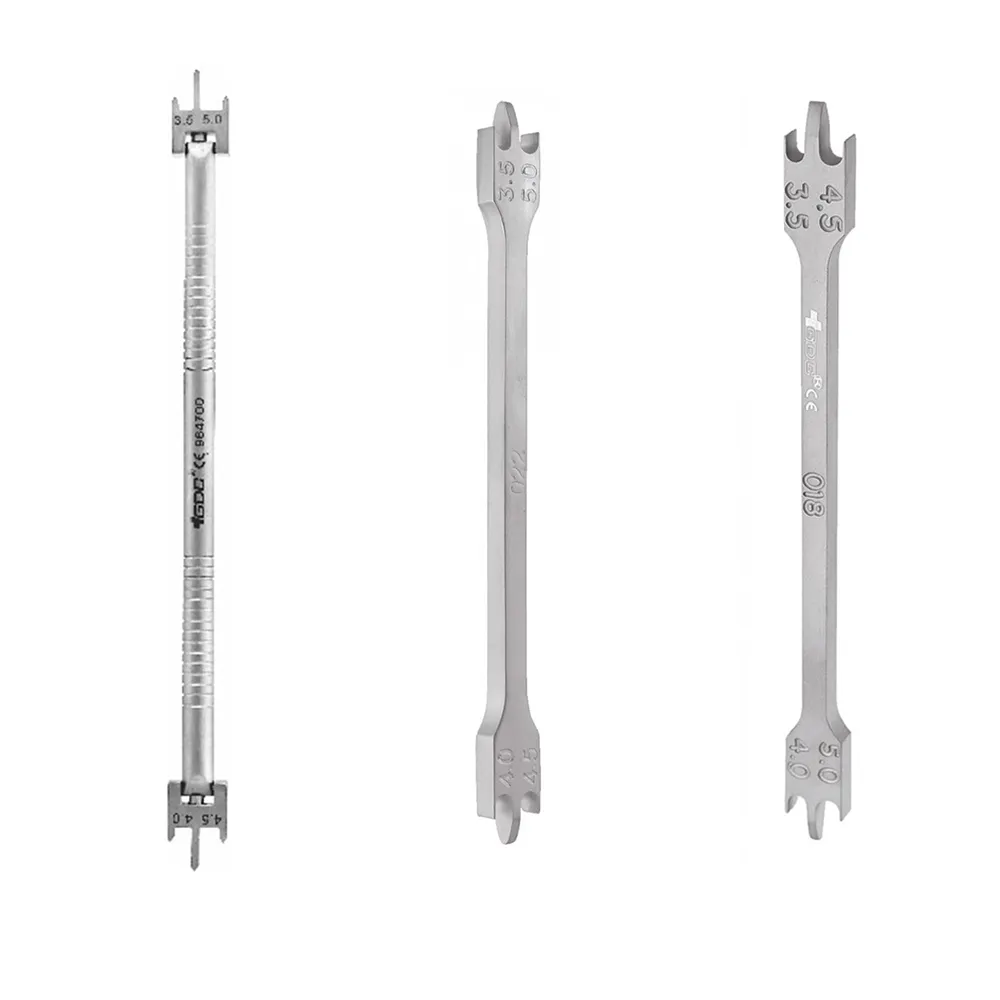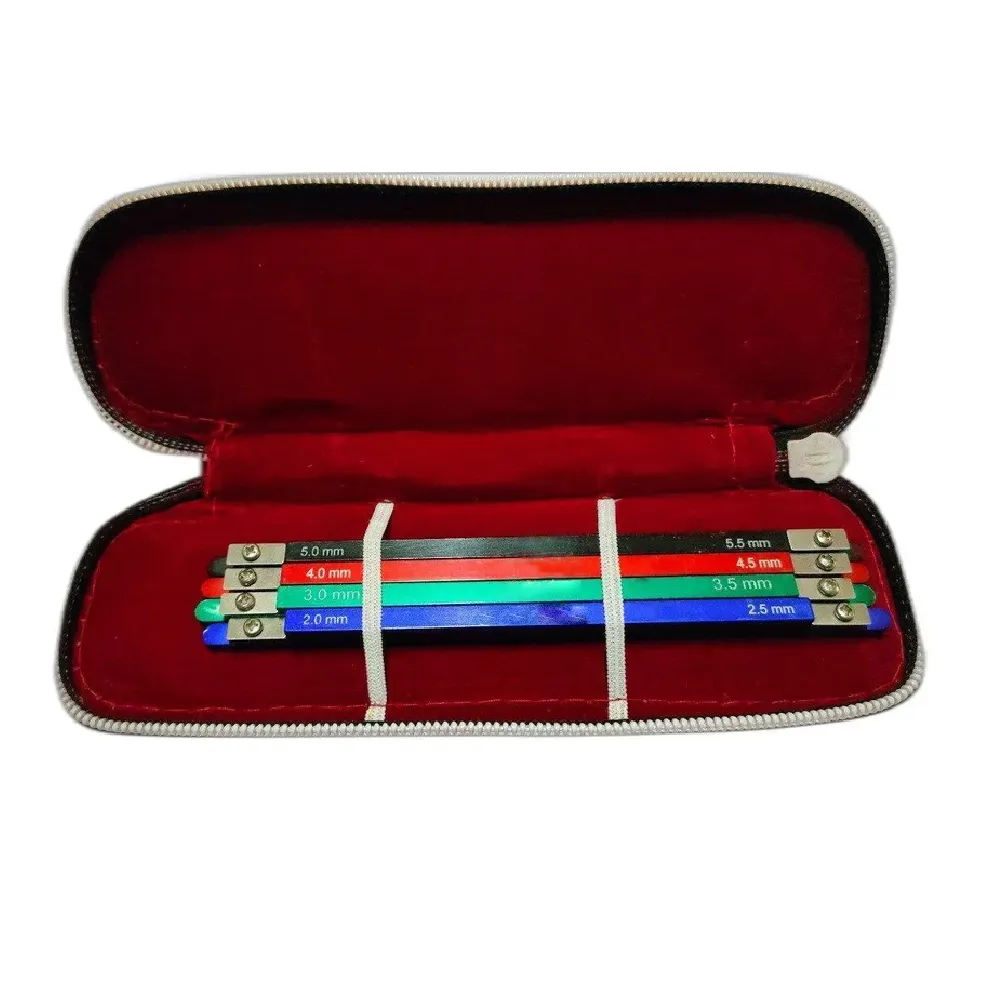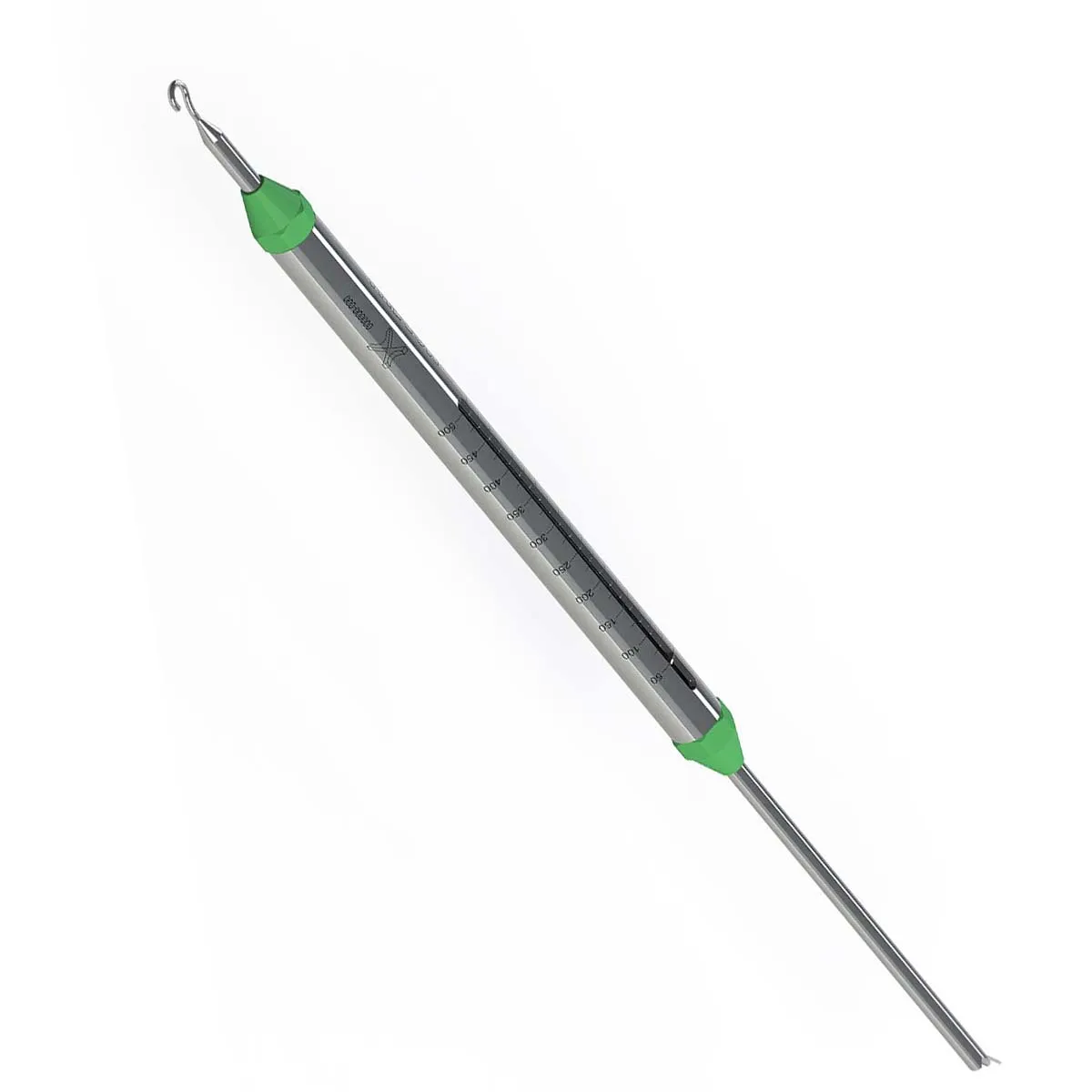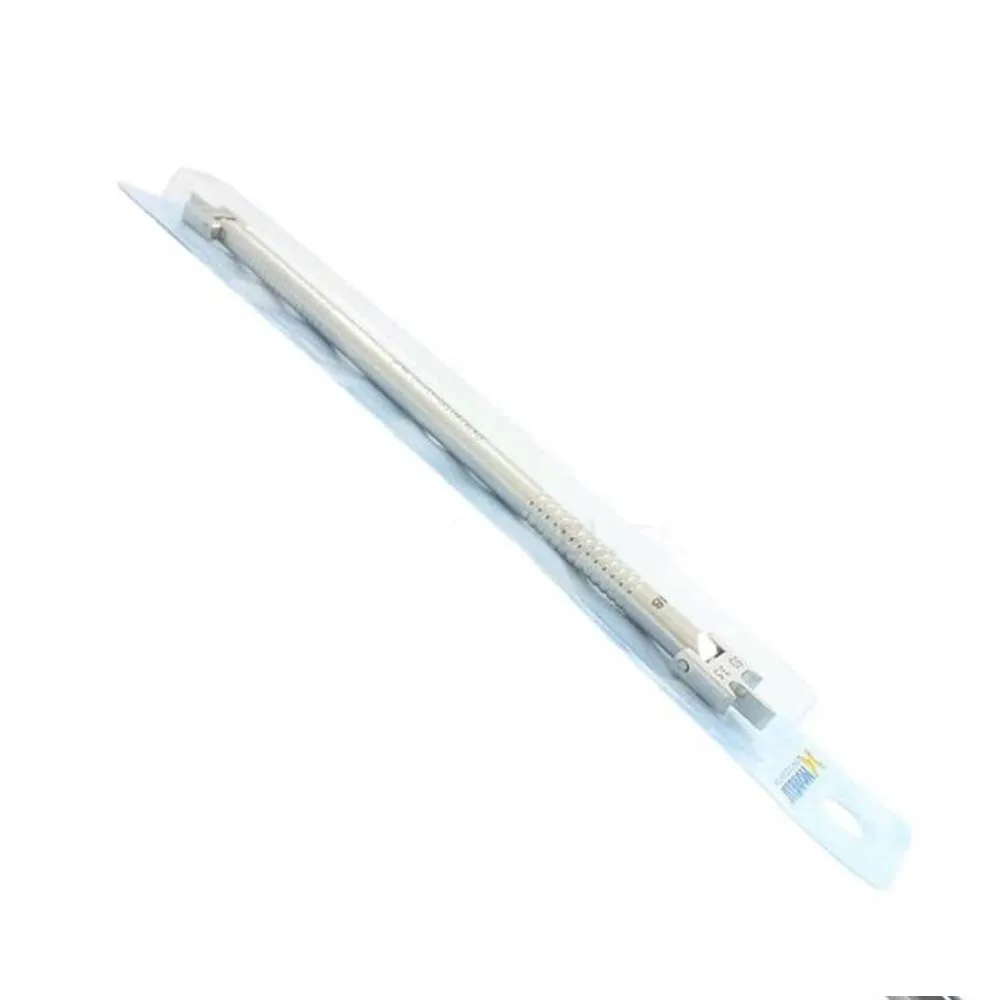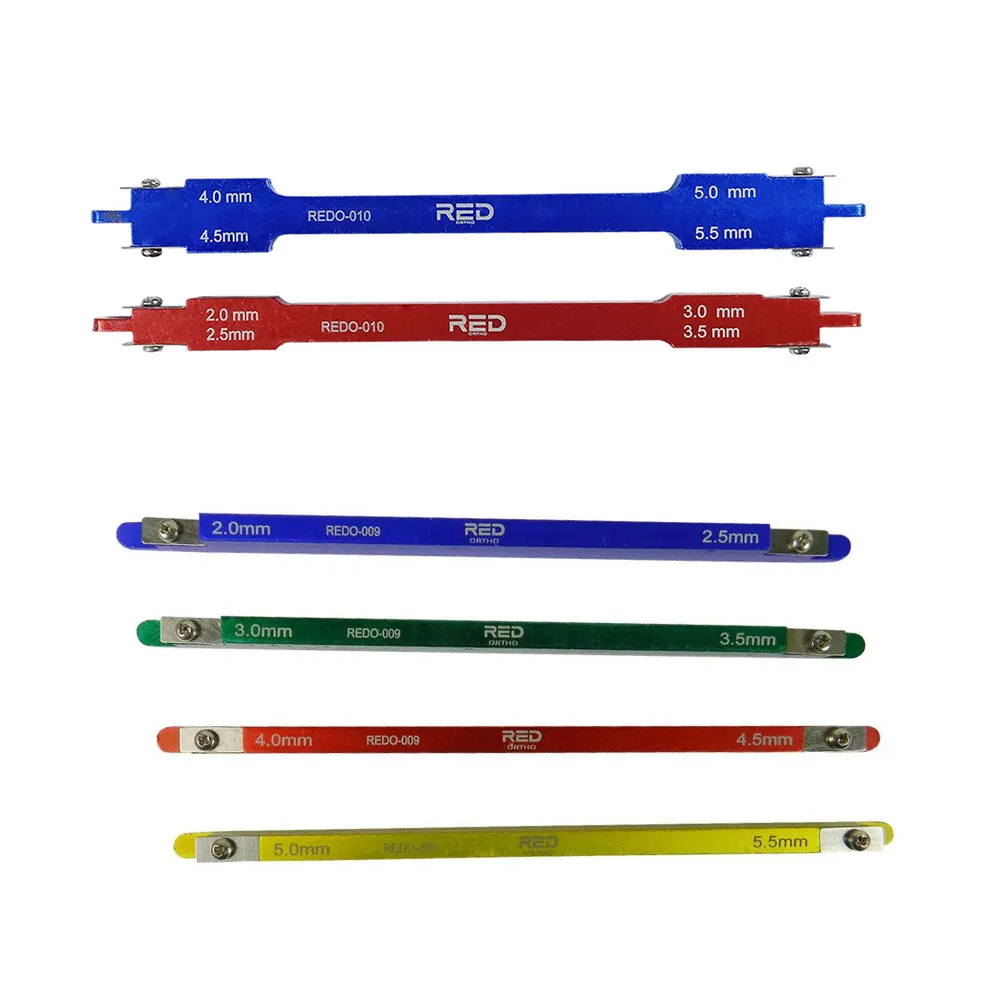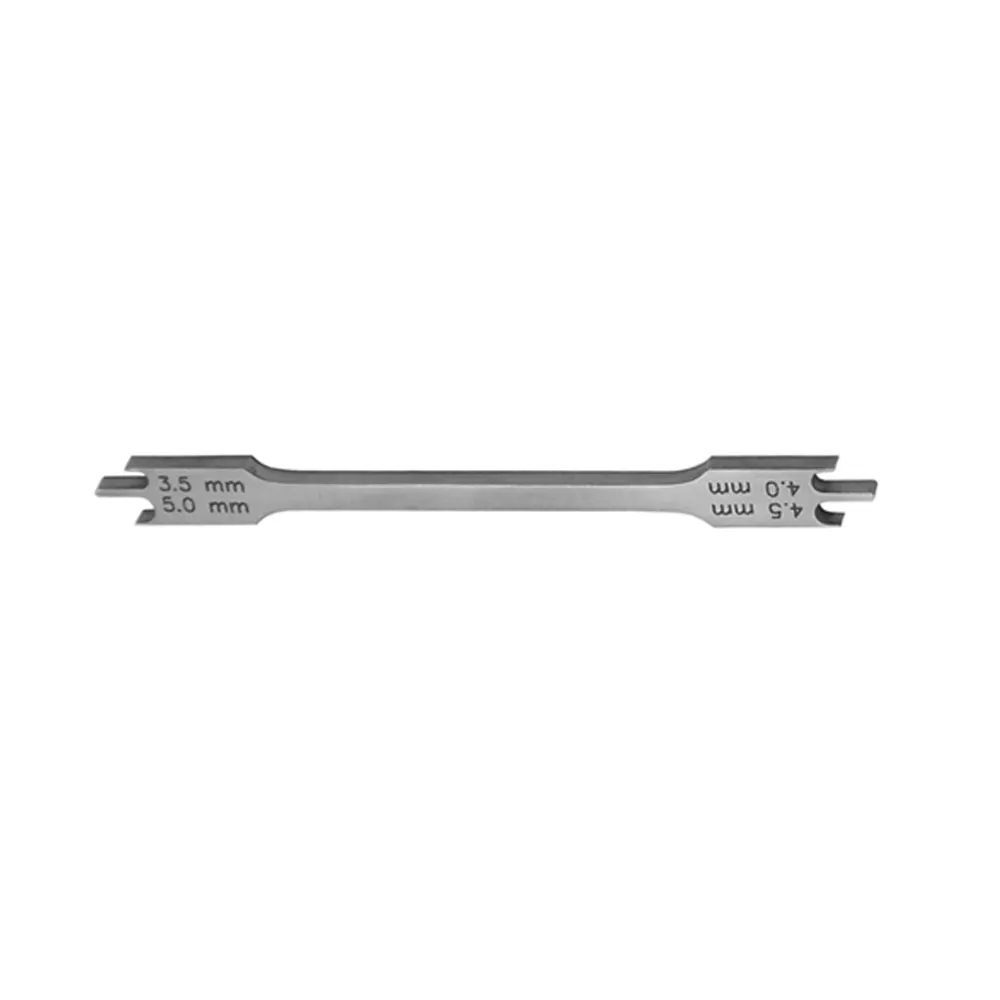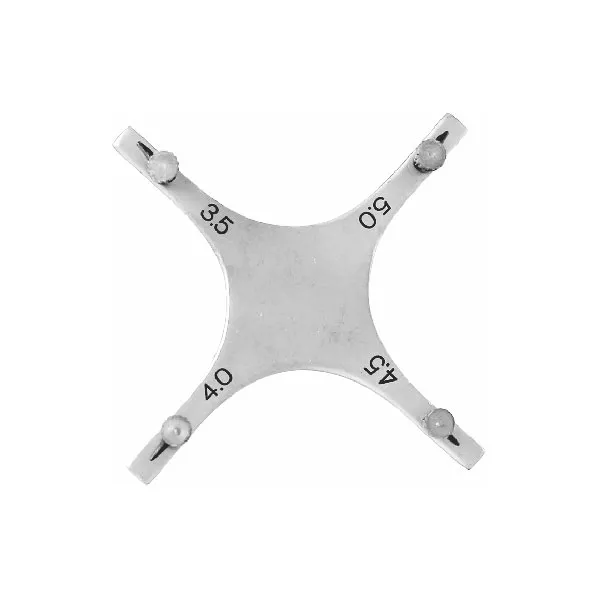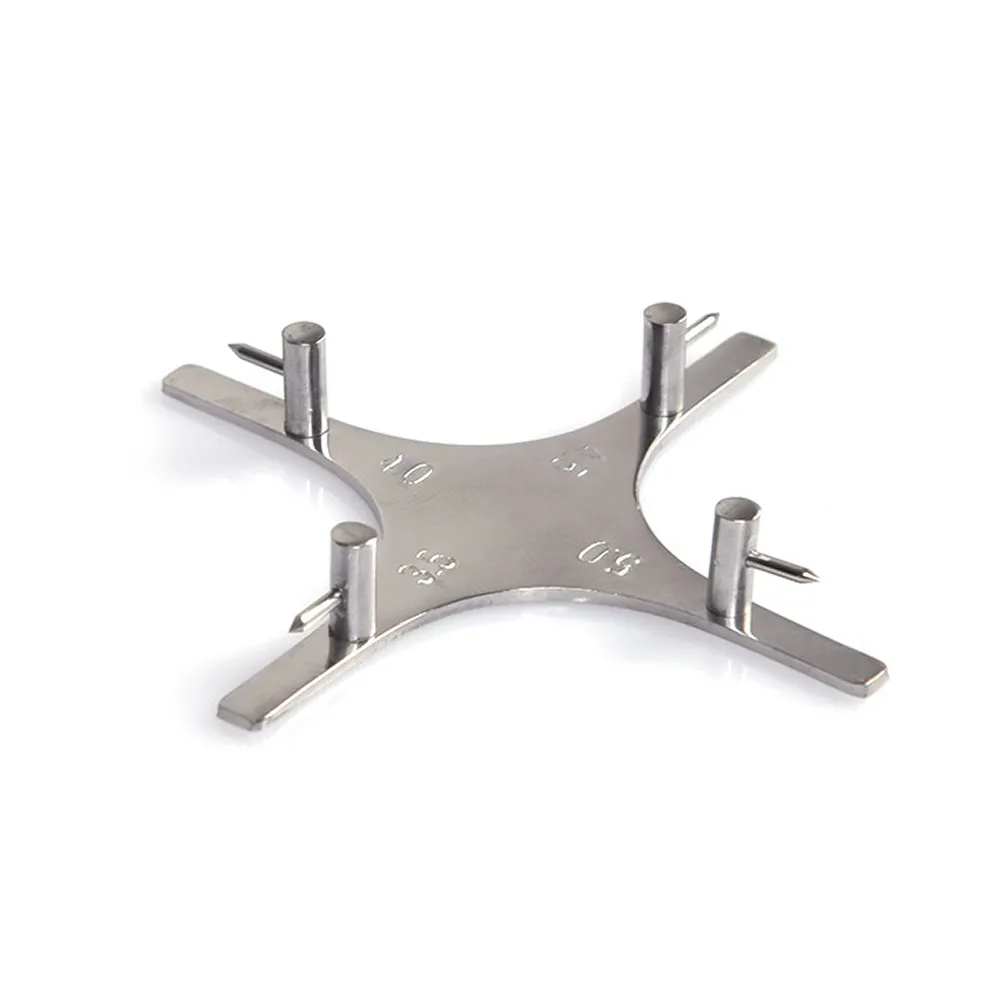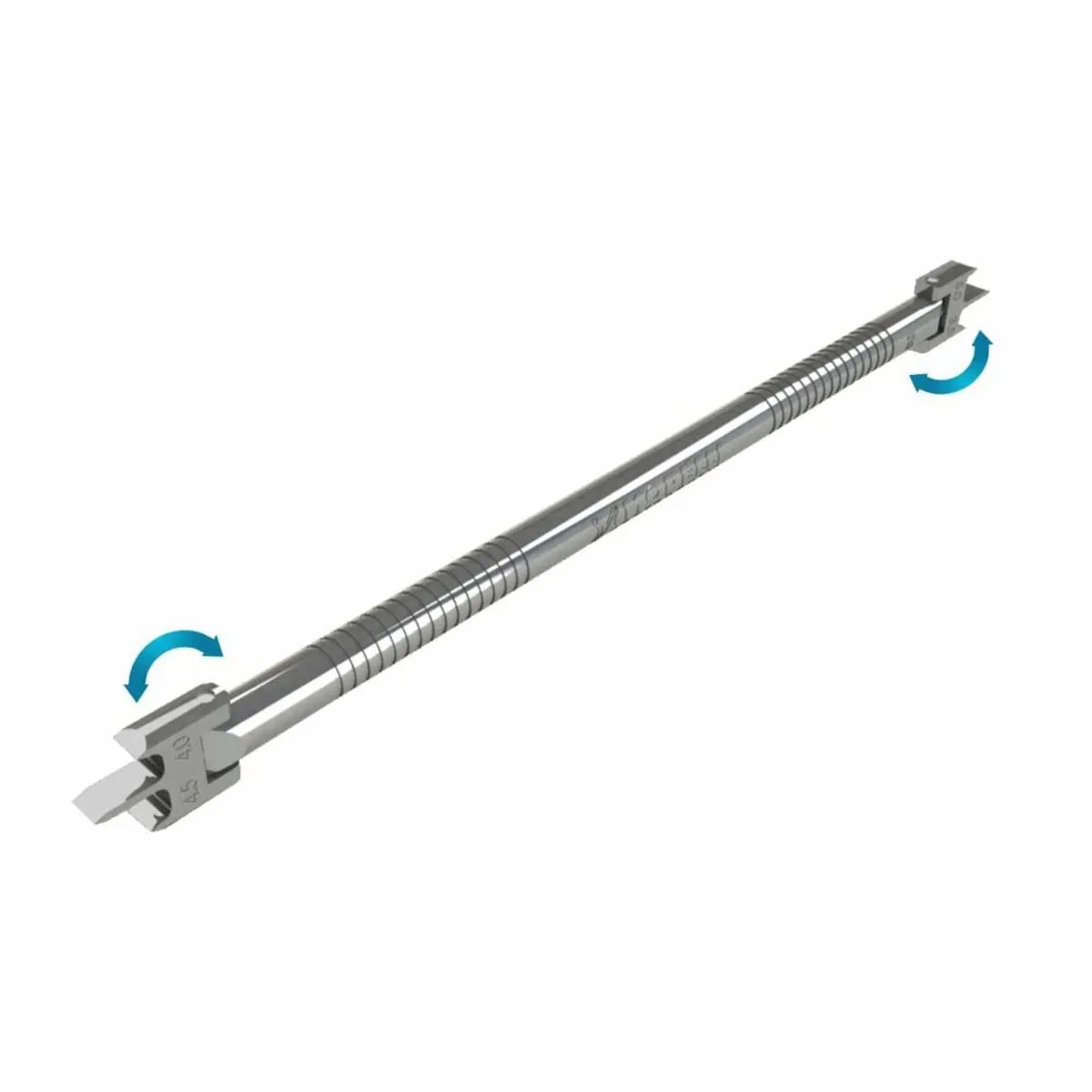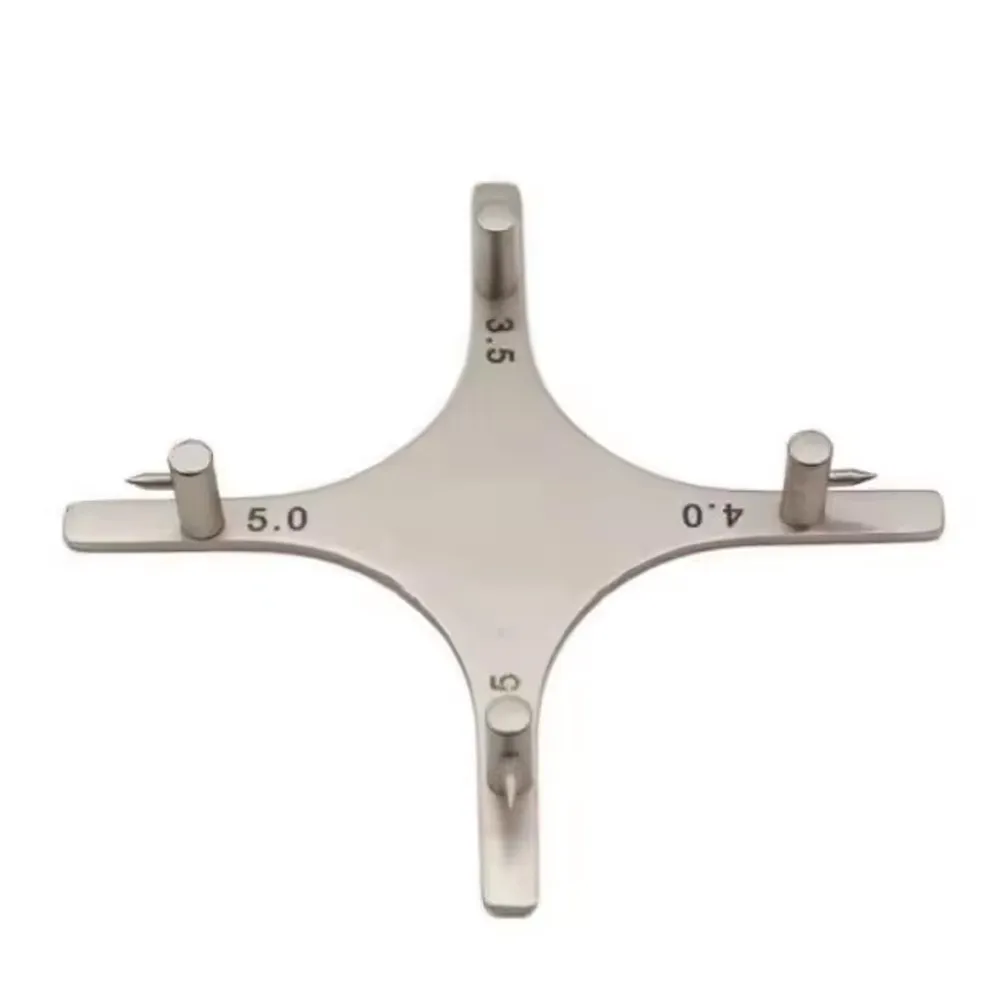The Bracket Positioning Gauges category on Dentalkart offers a precision-engineered range of instruments essential for accurate placement of orthodontic brackets. These tools are designed to ensure ideal vertical and horizontal alignment during fixed appliance bonding, which is critical for achieving correct biomechanics, predictable tooth movement, and optimal treatment outcomes.
Orthodontic brackets placed at inconsistent heights can lead to rotational errors, occlusal discrepancies, and treatment delays. Positioning gauges eliminate guesswork by providing calibrated measurements that align with standard orthodontic protocols like MBT, Roth, and Edgewise techniques.
Product Scope
This category features a comprehensive selection of bracket height gauges and positioners from reputed orthodontic brands such as API, GDC, Eltee, Morelli, NDW, and Red Ortho. Products include:
-
API Bracket Height Gauge – Available in 0.018 and 0.022 slot variations for universal use
-
GDC Height Gauge Wick Type – Multi-pronged tip design for diverse bracket heights
-
GDC Boone Gauge (S5 & 2811) – Simplified alignment for consistent vertical bracket placement
-
Eltee MBT Bracket Gauge – Specialized for MBT systems with precise torque reference
-
Morelli Bracket Positioners (2.5–5 mm) – Stainless steel stop gauges for accurate placement
-
NDW MBT Gauge Set of 4 – Color-coded gauge set designed for student and clinical training
-
Red Ortho MBT Gauge – Affordable, easy-to-use gauge with visual indicators
-
Morelli Dynamometer – A torque-calibrating tool useful for advanced placement validation
Importance of Bracket Gauges in Orthodontics
Accurate bracket placement forms the foundation of successful orthodontic treatment. These gauges help:
-
Maintain proper bracket slot height for force delivery
-
Reduce bonding errors and rebonding incidents
-
Ensure symmetrical tooth positioning and torque control
-
Streamline bonding across multiple teeth or full arches
Bracket gauges are particularly critical when bonding in esthetic zones or aligning teeth with rotations, crowding, or variable crown heights.
Category Highlights
This Dentalkart section is organized to include bracket gauges classified by clinical design and technique compatibility:
-
Universal Slot Height Gauges – Tools like the API gauge cater to both 0.018 and 0.022 slot systems, making them ideal for clinics using multiple prescriptions.
-
Multi-Prong Positioners – GDC Boone and Wick-type gauges enable rapid sequential bonding with 3.5 mm, 4.0 mm, and custom vertical stops.
-
MBT-Specific Gauges – Eltee, NDW, and Red Ortho offer calibrated gauges tailored to MBT protocol, often color-coded for quick access.
-
Torque Verification Tools – Morelli’s Dynamometer assists in assessing torque consistency post-placement, ensuring bracket bonding precision.
Why Bracket Gauge Selection Matters
Using the correct positioning gauge improves:
-
Treatment accuracy by eliminating vertical placement inconsistencies
-
Bracket bond reliability and adhesion strength
-
Clinical efficiency during mass bonding procedures
-
Reduction in mid-treatment adjustments and archwire compensations
It also aids in standardizing training in academic settings, allowing students to adopt precise bracket bonding protocols.
Reliable Sourcing from Trusted Brands
Dentalkart features orthodontic measuring tools from globally recognized names such as:
-
GDC – Renowned for premium orthodontic and surgical instruments
-
API – Known for reliable, budget-friendly clinical tools
-
Morelli – Trusted for their precision accessories in fixed orthodontics
-
NDW & Red Ortho – Widely used in institutional and academic setups
-
Eltee – Popular for MBT-compatible systems
Storage & Usage Guidelines
-
Sterilize instruments before and after each use
-
Select gauges based on the bracket system (MBT, Roth, Edgewise)
-
Position the gauge edge on incisal/occlusal reference surfaces
-
Align bracket base with gauge stop for consistent vertical bonding
-
Store in dry, rust-proof surgical trays to extend instrument life
Ideal for Every Orthodontic Practice
Whether you're managing full-arch bonding in private practice or training students in academic institutions, this category offers dependable solutions for bracket placement. From universal slot gauges to MBT-specific tools, Dentalkart provides everything needed to ensure consistent, accurate orthodontic outcomes.
FAQs – Bracket Positioning Gauges
1. Are different gauges needed for different slot sizes?
Yes. Tools for 0.018 and 0.022 slots ensure proper vertical alignment based on system mechanics.
2. Can these gauges be used on posterior teeth?
Yes. Many of the designs feature multi-prong or extended tips suitable for anterior and posterior applications.
3. How do these gauges reduce clinical errors?
They standardize bracket height across arches, minimizing torque loss and rebonding frequency.
















